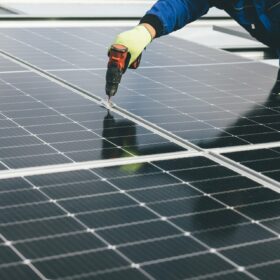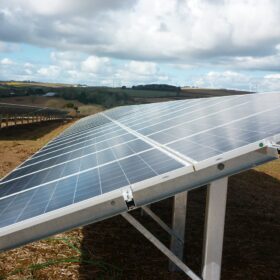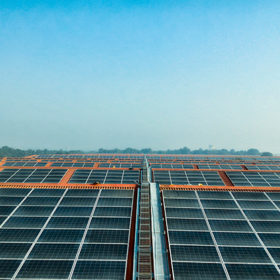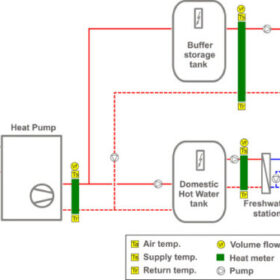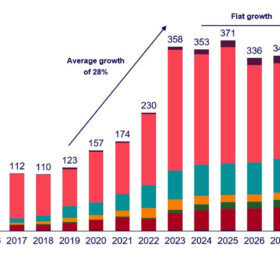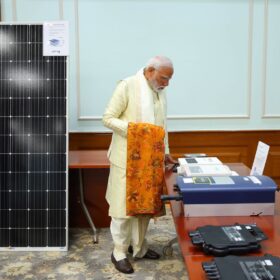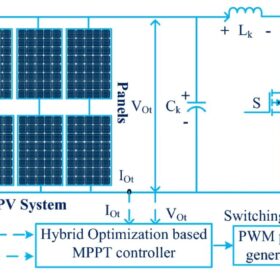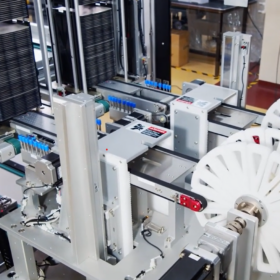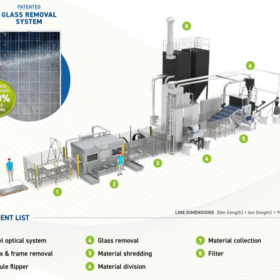Philippines proposes register for PV system installers
The Philippines’ Department of Energy (DOE) is moving ahead with plans to require solar system installers to officially register with it. The DOE says that only registered installers will be recommended to government entities seeking PV installation services.
Africa’s annual PV additions hit 3.7 GW in 2023
According to new figures from the Africa Solar Industry Association (AFSIA), the continent’s cumulative installed PV capacity reached 16 GW at the end of December, based on 3.7 GW of new annual installations.
Tata Power Solar facilitates INR 3,500 crore of customer financing to boost PV adoption in India
Tata Power Solar ties up with 20+ leading financial institutions, financing up to 85% of the addressable order book. It has facilitated solar financing for over 2,200 commercial and industrial customers till date.
How to combine residential heat pumps with PV, battery storage
New research from Germany’s Fraunhofer Institute for Solar Energy Systems (Fraunhofer ISE) has shown that combining rooftop PV systems with battery storage and heat pumps can improve heat pump efficiency while reducing reliance on grid electricity.
Budget lays focus on residential rooftop solar, EV infrastructure
Finance minister Nirmala Sitharaman today tabled the interim budget for FY 2024-25 in the parliament. Budget highlights include announcements about the residential rooftop solarization scheme, viability gap funding for offshore wind, and government support for EV manufacturing and charging infrastructure.
Budget expectations for solar, energy storage, and EV sectors
Dedicated funds for residential rooftop solar under ‘Pradhan Mantri Suryodaya Yojana’ and increased incentives for solar manufacturing MSMEs are on the wishlist of the Indian solar sector. In battery storage, players expect the inclusion of battery recycling within the PLI Scheme and continued investments in developing battery storage solutions.
WoodMac predicts strong yet flat global PV growth through to 2032
Wood Mackenzie says the solar industry has reached a new stage in its evolution and is predicting around 350 GW of global solar installations annually for the next eight years. The research firm is also forecasting challenges for the solar manufacturing sector and long-awaited benefits from the Inflation Reduction Act in the United States.
Govt considering subsidy hike for residential rooftop solar systems with capacities up to 3 kW
Under the Pradhan Mantri Suryodaya Yojana for residential rooftop solar, the Indian government is considering an increase in the subsidy for grid-connected residential rooftop solar systems with capacities between 1-3 kW. This category of systems were offered a 40% subsidy in the previously launched scheme.
Prime Minister Narendra Modi announces scheme to install rooftop solar on 10 million houses
Prime minister Narendra Modi announced this week the government will launch Pradhanmantri Suryodaya Yojana with the target of installing rooftop solar on one crore (10 million) houses.
Hybrid optimization MPPT tech for PV systems under partial shading
Researches in India have used the adaptive network-based fuzzy inference system (ANFIS) and the grey wolf optimization (GWO) algorithm to develop an MPPT technique that reportedly increases the PV source voltage of an array under partial shading conditions.
